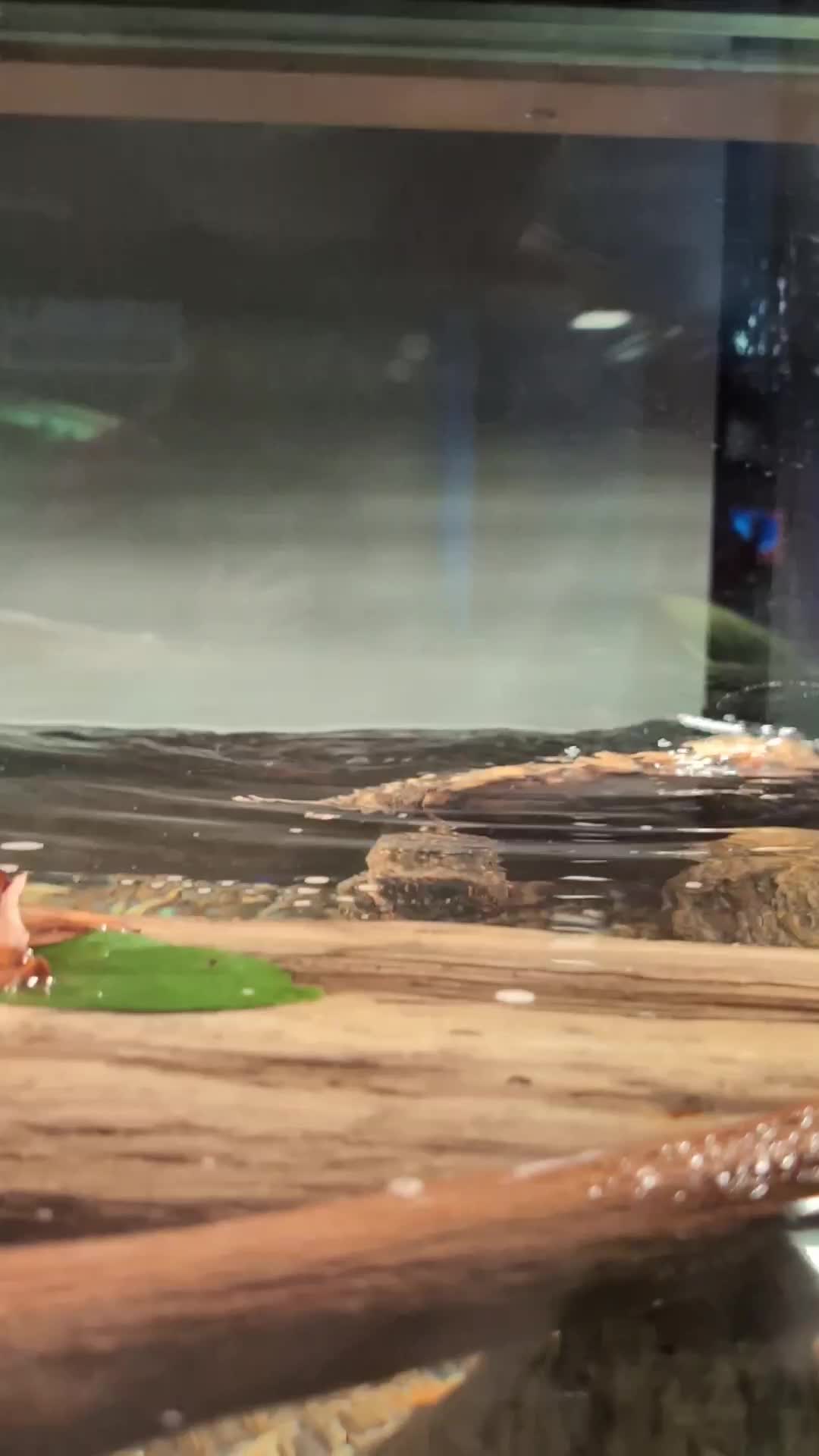– Discover the ancient legacy of turtles and their incredible evolutionary journey over 200 million years.
– Explore the physiological and behavioral adaptations that have made turtles resilient survivors in a changing world.
– Unveil the various threats facing modern turtles and the conservation efforts needed to protect these living relics.
– Delve into the cultural significance of turtles and their role in mythologies and ecosystems across the globe.
Turtles: Time-Tested Travelers of the Ancient World
It seems almost inconceivable that a creature mowed alongside the dinosaurs continues patrolling the shores and oceans of our modern world. Yet, turtles have managed to survive and traverse through epochs, their shells becoming emblems of longevity and resilience. These reptiles are not just survivors but time capsules carrying secrets from an Earth long forgotten. Let’s embark on a journey to uncover the treasures of wisdom embedded in their 200-million-year saga.
The Origin of the Armor: Shell Evolution
To fully appreciate the turtle’s journey, we must return the clocks to the late Triassic period when these creatures first emerged. The turtle’s shell, an iconic structure, is a marvel of evolution. It is not merely a home or defense mechanism but a complex spine and rib cage fusion. This bony carapace developed over millions of years and stands as one of the most distinctive adaptations in the animal kingdom. Their shell’s evolution set turtles apart, enabling them to explore habitats ranging from dense jungles to the open seas.
Aquatic Architects and Terrestrial Testaments
As turtles adapted to varied environments, they evolved into two primary categories: aquatic and terrestrial—the aquatic group, which includes sea turtles, developed paddle-like flippers for swimming. Conversely, terrestrial turtles – think tortoises – have stout, columnar legs designed for land navigation. The intricate diversity within these categories is astoundingly vast, with subtle design tweaks ensuring each species is fine-tuned to its niche.
The Great Geographic Dispersal
The resilience of turtles is partly due to their widespread distribution. They’ve conquered all continents except Antarctica, adapting to various climates. Their physiological and reproductive strategies made this global dispersal possible by involving temperature-dependent sex determination and diverse dietary habits that allow survival in varied environments.
Sustenance Strategy: Survival of the Most Adaptable
A key to turtle tenacity is their varied diet. Omnivorous turtles consume plants and animals, whereas specialists, like the hawksbill turtle, have a more singular diet, including sponges. This flexibility has allowed turtles to remain robust even as their habitats and available food sources have shifted throughout the centuries.
The Perils of Modernity
Despite their long reign, modern times pose unprecedented challenges for turtles. Habitat destruction, poaching, pollution, and climate change have ushered many species towards the brink of extinction. Efforts in conservation biology aim to rebalance this tipping scale, including habitat protection, captive breeding programs, and legal frameworks like the Convention on International Trade in Endangered Species of Wild Fauna and Flora (CITES).
Culture Carriers: Turtles in Myth and Legend
Beyond just their biological intrigue, turtles carry cultural significance. They feature in myths and folklore worldwide, often symbolizing wisdom, endurance, and the Earth. This reverence illustrates a universal acknowledgment of their ancient beginnings and ecological importance.
An Unbreakable Bond: Turtles and Their Ecosystems
The role of turtles extends beyond mere existence; they contribute dynamically to their ecosystems. In aquatic systems, turtles help control jellyfish populations, and on land, their foraging helps disperse seeds, facilitating plant growth and diversification. This interconnectedness underscores the importance of protecting turtles – their survival mirrors the ecosystem’s health.
The Silent Wisdom of the Slow and Steady
In observing turtles, there’s a hidden lesson within their measured pace and shielded demeanor: a quiet nod to the virtues of patience and protection. Perhaps in a world that increasingly prizes speed and change, we find a reflective solace in the turtle’s slow and deliberate journey—a relic reminder of life’s durability if given the time and space to thrive.
The Future of the Ancient Travelers
As we look ahead, the continuity of turtle survival rests in our collective hands. Their tale is not just one of past glory but a present narrative that continues to unfold. By fostering habitats, reducing threats, and promoting awareness, we can ensure that turtles continue their journey alongside us as guardians of an ancient world.
Turtles are not relics but repositories of resilience, teaching us about survival against all odds and inspiring us to preserve the delicate balance of life on Earth. Through conservation efforts and a renewed sense of stewardship, we can strive to protect these ancient mariners so that their story—an epic 200 million years in the making—can continue for generations to come.
In conclusion, from shielded beginnings in the Triassic to navigating our contemporary challenges, turtles represent an extraordinary continuum of life. This lineage predates much of life as we know it. It is a testament worth safeguarding, a legacy etched in time, beckoning us to act so that such wonder does not vanish beneath the unyielding march toward modernity. It is not just the survival of a species at stake but the preservation of a living monument to our planet’s incredible history. As the turtles continue their silent vacation, let us learn and emulate the perseverance and adaptation that define their enduring voyage.
*****
Source Description
Turtles first appeared over 200 million years ago — they’re monster survivors!

